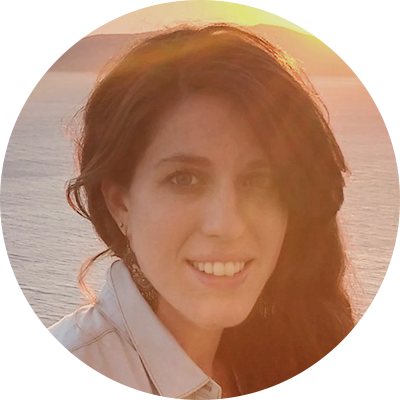Meet the Parrot With an Ingenious Solution for a Broken Beak
Bruce is an incredible example of adaptation and intelligence in nature.
If you’re looking for an example of resilience, adaptability and pragmatic intelligence, you can certainly find it in Bruce, the parrot. This Kea, a species of parrot that only lives in New Zealand, found a unique way to preen his feathers in the absence of half his beak. This ingenious ability is what has made him famous, astounding not only researchers but scores of people around the world.
A one of a kind preening technique
When Bruce was found by animal rescue staff in 2013, his upper beak was already missing, The New York Times reveals. Researchers believe that he was caught by a trap aimed at other animals. Since Keas use their long and curved upper beaks as a tool for preening, leaving their feathers free from parasites and dirt, his condition was considered a serious one.
But no challenge was too big for Bruce. In a study reported in the journal Scientific Reports, researchers noticed that this Kea found a way of overcoming his apparent limitations through a practice that had never been observed before. His self-care routine included repeatedly picking up pebbles, holding them between his tongue and his lower beak, and using them to preen his plumage, the Guardian details.
Life finds a way, with a little help from our friends. //
— Michael F Ozaki MD (@brontyman) September 15, 2021
Bruce the Parrot Uses Tools to Survive Despite a Broken Beak - Smithsonian Magazine https://t.co/BXQEhh0Xvj
“Kea do not regularly display tool use in the wild, so to have an individual innovate tool use in response to his disability shows great flexibility in their intelligence,” study author Amalia Bastos, a Ph.D. student at the University of Auckland School of Psychology tells The Guardian. “They’re able to adapt and flexibly solve new problems as they emerge.”
More than a coincidence
Before the findings came to light, there were some skeptical opinions regarding how intentional Bruce’s actions were. These voices attributed his behavior to mere chance, the Guardian details. But the data in the report is overwhelming. On 9 out of 10 occasions, Bruce picked up a pebble, he used it to preen. And almost every time he dropped a stone, he picked it up again with a very clear self-care goal in mind. In addition, the pebbles were deliberately chosen in order to be of a very specific size.
But that’s not the only way Bruce has adapted to his disability. To be able to eat harder foods at the Willowbank Wildlife Reserve where he lives, “He’ll pick up a piece of carrot and push it against a hard piece of metal or rock and use that to scrape with his lower bill, which again is a feeding behavior we haven’t seen in the other birds,” Bastos tells the Guardian.
Bruce’s coping strategies offer valuable lessons
Bruce teaches us very important life lessons. First of all, that there's always a way out and that there is more than one way to achieve something. Despite his missing upper beak, this special parrot managed to create a totally unexpected workaround to enable him to perform an activity that is essential to his species. By analyzing what was around him, he used his available resources to his advantage in the smartest and most creative way.
Secondly, he proves that there’s never a good enough excuse for not sticking to a much-needed self-care routine.
YOU MIGHT ALSO LIKE
Bringing New Zealand’s Cute Kakapo Back From the Brink of Extinction
This Koala Has a Prosthetic Foot Made by a Kind Dentist
The Forever Animal Haven With a Beautiful Mission







